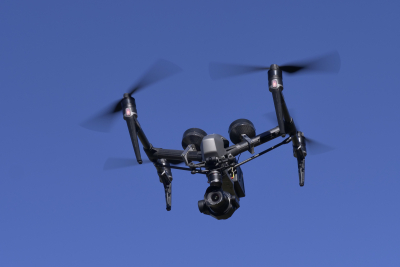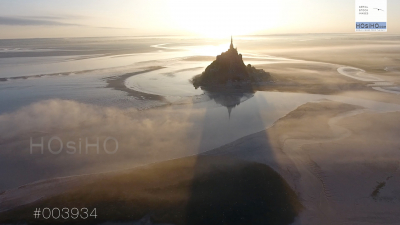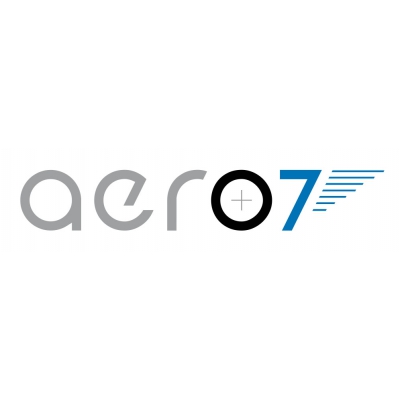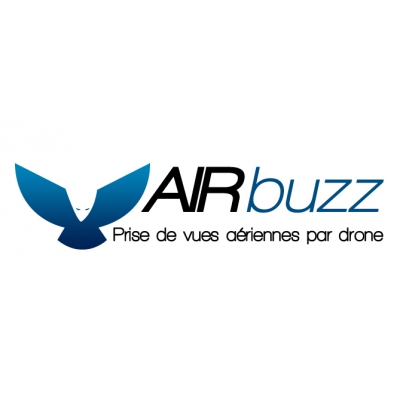Aerial audiovisual shooting by Uav, in France

Drone shooting
Drone piloting is more a skill than a profession. Few professionals practice it as a main activity, because the discipline is part of a set of techniques related to shooting.
What does UAV piloting consist of?
Equipped with a professional drone equipped with a camera, the drone pilot is in charge of taking aerial shots, whether fixed or moving. To do this, he uses a tablet and a dedicated application. The UAV is not only used to take pictures for the cinema and audiovisual industry. It can also be used to take measurements (of distance, heat loss, for example in thermography) to obtain useful data in various sectors, such as agriculture, industry, construction and architecture. In order to take pictures, he must obtain overflight authorizations from the prefecture, the DGAC or the army service depending on the shooting locations.
What are the prerequisites for piloting a UAV?
There are very strict regulations governing the professional piloting of UAVs. Professional UAV pilots must be registered with the French civil aviation authority (DGAC). Initially, they must undergo theoretical training at a specialized training center. Following a practical examination with the DGAC, the pilot receives a professional title in order to be able to practice.
What qualities are expected of a UAV pilot?
UAV pilots must demonstrate rigor and thoroughness in their work. In certain areas, such as when taking measurements for data analysis, he must have additional technical knowledge relating to the sector in which he operates. He/she must be curious about new techniques and technologies in his/her field of expertise and undergoes regular training. The UAV pilot must also regularly carry out a legal watch to keep abreast of all regulatory updates.
All our drone operators members of the drone pilots network in France are declared to the french civil aviation authority, ie DGAC (Direction Générale de l'Aviation Civile), with a unique ED & UAS FRA identification number, shown on their page. All are duly insured to provide aerial audiovisual shooting services with drone in France (drone photography, drone & aerial video, cinema).
By consulting their individual pages (click on their logo), you will learn about their experiences and audiovisual achievements.
The drone network members apply a rate, for a drone service, based on our reference price grid that can be consulted via the Drone Rates tab.
Do not hesitate to contact them directly by email or phone, to tell them about your creative needs, because you probably know it, the use of a drone in a documentary, a television show, or a feature film production, is a great value added but must be within the limits of the possible, technically, and regulatory. Our professionals will be happy to inform you about this as well as about their fares, and will, if necessary, suggest alternatives !
All of them have been selected by the aerial image bank
for the high quality of their audiovisual services and their professionalism in terms of aerial imagery.
The connection with a drone pilot from the HOsiHO Drone Network is free of charge.
Drone pilot: is this a job with a future?
In just a few years, the number of UAV pilots has really exploded. But is it a job with a future? On the one hand, while the law has come to regulate the use of UAVs for professional use and require candidates to take compulsory training, can we say that UAV piloting has become a real profession? On the other hand, while demand is growing strongly, it is still difficult to make it a core activity. We're going to focus on the difficulties involved in accessing and exercising this profession, where there seems to be a lot of conscripts for a few elected officials.
How did UAV piloting become a profession?
UAVs have gradually come to France as a leisure activity. Nevertheless, professional activity developed rapidly.
 A strong demand for drone images in many sectors of activity
A strong demand for drone images in many sectors of activity
When we talk about drone filmmaking, we think at first glance of the audiovisual sector. Indeed, UAV filming has made it possible to produce more precise, stable and impressive shots in the cinema. They are not only used for shooting aerial sequences, but also for close-up shots in motion. Indeed, in this exercise, the UAV is much more stable than a Stedicam. UAVs are also used for television programs, to film sports competitions (team sports matches, races, etc.) or for corporate filmmaking.
In reality, the demand for images filmed by UAVs is much more varied. They are also used in the field of agriculture for crop surveillance and plot delimitation. In the construction industry, UAVs are very useful for monitoring construction sites and verifying the conformity of structures. Large companies in the transport and energy sectors have developed in-house services that employ UAV pilots to check infrastructures (railways for the SNCF, wind turbines, bridges, electric pylons, etc.). UAVs are also a solution for companies wishing to ensure the security of their sites and buildings. As for the logistics field (parcel delivery), it will involve automated flights when legislation is updated, if necessary.
Specific rules for the profession
Very quickly, the law came to regulate the activity of piloting drones in order to distinguish between "leisure" activities and the production of films for professional use. UAVs are unmanned aircraft that fly through the airspace. It therefore depends on the DGAC (French civil aviation authority). Since January 1, 2019, the law has required leisure pilots with a drone weighing more than 800g to undergo free online training and then be registered on the Alpha Tango platform. However, for professionals, since 2018, the law has required theoretical training and the obtaining of a professional title following a practical exam with the DGAC (French Civil Aviation Authority) in order to be able to practice.
On January 1, 2021, a European regulation came into force to clarify and harmonize legislation, notably by creating different categories of UAVs according to their weight. Depending on these categories, the administrative formalities and overflight conditions (on sight, out of sight, crowd overflight, close overflight) will be subject to strict rules.
What are the obstacles to the development of a sustainable business?
According to the DGAC, the number of declared professional pilots has increased from 3500 to 7510 from 2017 to 2018. At the beginning of 2019, this figure was down to 7075 pilots. This shows that the profession has not had the development that was initially announced.
A rapidly saturated professional market
Starting in 2017, the demand for training has exploded in the sector. Indeed, in France, these trainings can be part of those covered by the personal training account (CPF). Many people have embarked on the adventure and the professional market was very quickly saturated.
Unfortunately, becoming a UAV pilot requires skills that go well beyond the few days of training required by the DGAC. Sponsors also require the eye of a photographer, editing skills or specialized knowledge in certain fields to make the right shots (such as in the construction industry, for example). In more technical sectors, the use of UAVs is intended to collect data to be analyzed and requires the pilot to have knowledge in these fields.
Finally, the UAV is seen even more as a tool, and the pilot's certificate would be an additional skill to highlight on his CV. According to DGAC figures, it would appear that few UAV pilots are primarily engaged in their activity except for those with other audiovisual skills (editing, calibration, mixing, special effects, other shooting techniques, etc.). Most of the declared professionals practice another profession alongside.
A very heavy regulation and formalities
Flying a professional drone is subject to very strict regulations, especially when the drone is heavy and has to be flown at a certain altitude (flight out of sight). However, French legislation is about to change with the introduction of new European regulations. UAV pilots must therefore regularly carry out surveillance work to find out what the current law is. In addition, the occupation of airspace requires administrative authorizations. For example, the deadline for obtaining prefectoral authorization, which is the most common, is approximately 5 working days. However, certain flight plans require specific authorizations, which can be processed within one month. This administrative rigor can be a hindrance for many professionals.
Can we see new opportunities?
To say that the future of the drone pilot profession is uncertain is not true. In fact, while demand has not exploded as quickly as experts had predicted, it is very real. Nevertheless, the trend tends to confirm that the pilot will have to specialize in certain particular fields (thermography, technical inspection, safety, cartography, architecture...), because he will not be able to reasonably adapt to all demands. In addition, the piloting skill must be complemented by other skills in the field of image and audio-visual in order to provide a correct performance.

 A strong demand for drone images in many sectors of activity
A strong demand for drone images in many sectors of activity













